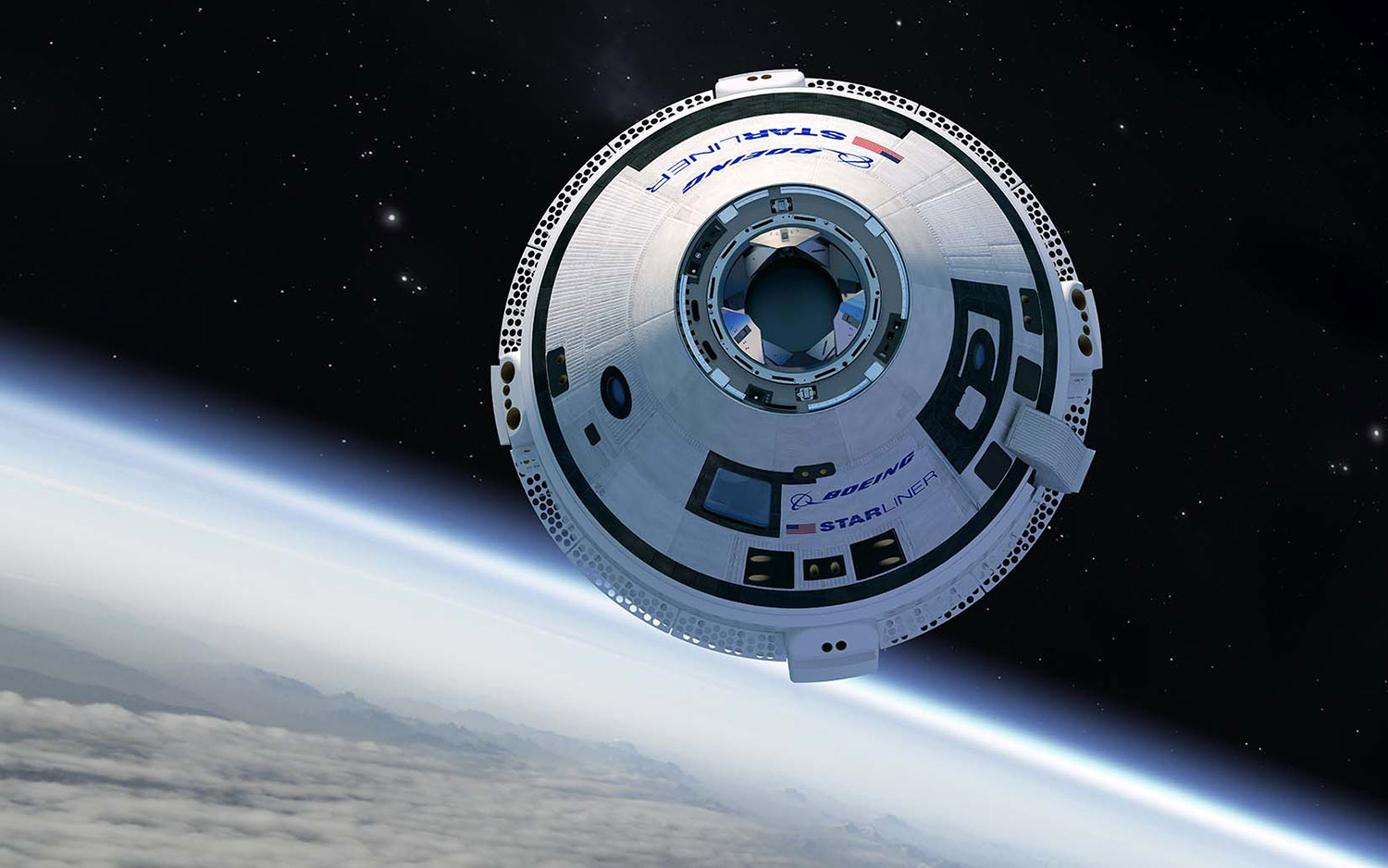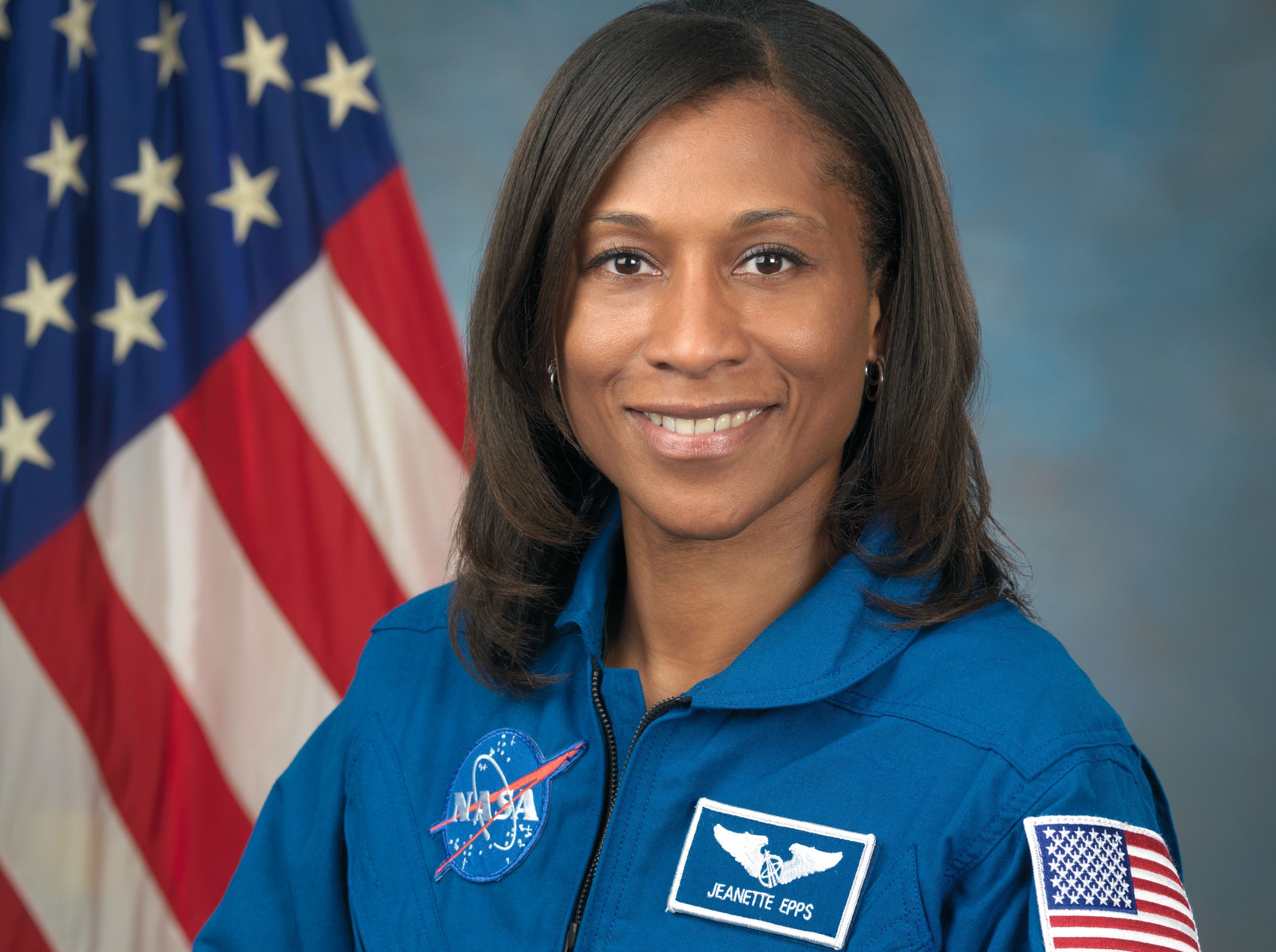Astronauts train for years. These science experts experience extreme environments to handle their missions. They each develop the mental resilience to spend extended time in weightlessness. NASA astronaut Jeanette Epps will make history as the first African-American woman to live and work on the International Space Station for a long duration mission. With a new NASA mission planned in 2021 on Boeing’s new Starliner-1 space transport system, Dr. Jeanette Epps will spend six-months on the orbiting station. Epps joins NASA astronauts Suni Williams and Josh Cassada on the first operational Boeing crew mission to the International Space Station. With NASA’s mission to promote diversity in science, Epps will provide the world with her expertise. The world will rely on her expertise to send multiple, diverse astronauts into Space on new, state-of-the-art technology.

Boeing’s CST-100 Starliner is a new space-age, state-of-the-art design focused on launching NASA astronauts into orbit on commercial trips to the International Space Station and beyond. NASA chose Epps to crew this new mission because of her certifications. She has expertise in ensuring that the new Boeing design is safe to launch, dock and return to Earth.
Dr. Jeanette Epps‘ Journey

On August 25, 2020, NASA announced that Jeanette Epps would join the first operational mission of Boeing’s CST-100 Starliner to the International Space Station. Epps joins NASA astronauts Sunita Williams and Josh Cassada, who were assigned to the Starliner-1 mission in August 2018. Originally in June 2009, Epps was selected as an astronaut candidate for the 20th class of NASA astronauts and later qualified as astronaut two years later. With extensive spacewalk and robotics training, she prepared for her mission in space.
On January 4, 2017, NASA announced that Epps would be assigned as a flight engineer to the International Space Station in mid-2018 for Expeditions 56 and 57, becoming the first African-American space station crew member.
However, due to a last-minute crew change for the mission, Epps was replaced by her NASA astronaut understudy. When questioned in the media about the replacement, Jeanette Epps stated that she has no medical condition or family problem preventing her from flying, and that her training had been successful. Despite the disappointing news, Epps anticipated a better opportunity to follow. As fate would soon reveal, Epps’ future mission would land her into making history as the first African-American female astronaut to be in space for a long duration mission.
As a public speaker for Science Technology, Engineering and Math (STEM) careers, Epps inspires many women through sharing her personal journey. Dr. Epps gave the commencement speech for the A. James Clark School of Engineering’s Winter Commencement Ceremony. As a regular guest speaker at the University of Maryland, Epps gives hope to all women, of every heritage, that science is possible. Promoting the importance of a higher education, NASA astronaut Jeanette Epps earned a bachelor’s degree in Physics in 1992 from LeMoyne College in her hometown of Syracuse, New York. She completed a master’s degree in Science in 1994 and a doctorate in Aerospace Engineering in 2000, both from the University of Maryland, College Park.
Jeanette Epps Will Reveal Zero Gravity Effects on Women of Color

Traditionally, Caucasian men were the first American astronauts to spend extensive time in space. As time progressed, space travel became more diverse. However, no African-American woman or man has stayed for a long duration at the International Space Station, to date. This phenomenon poses a concern for diversity in science for understanding how zero gravity affects different types of DNA structures and muscle masses. Zero gravity provides answers regarding how human bodies heal.
For example, a major effect of long-term weightlessness involves the loss of bone and muscle mass. For short trips of 5-11 days, the body loses up to 20% of its mass. Because the of how weightlessness impacts the body, astronauts must train extensively before the launch. In a weightless environment, “standing up” does not exist. As a result, the body’s back and leg muscles begin to weaken and atrophy rapidly without proper zero gravity exercises. With gravity on Earth, humans experience a force that allows skeletal muscles to maintain human posture. Within a long weightless mission, men and women have different levels of muscle and bone loss.
After long missions, many astronauts must receive medical attention to regain basic movements after landing. Inner ear balance must be restored. Back and leg muscles must be retrained to walk in accordance with gravity. The digestive track must be retrained to hold down food as water pulls on organs through Earth’s gravity. With some astronauts experiencing fevers and shortness of breath, the human immune system must re-acclimate to Earth’s microorganisms. Microgravity is also a concern. Due to the decreased load on the bones, there is a 1% bone loss for every month that the body is exposed to microgravity. But these numbers have never been defined nor verified on an African-American, female astronaut.
For missions, there is also hidden risks in radiation. Ebbs will help scientists devise new ways to prevent cellular mutation from the high energy photon and sub-atomic particles that present themselves from various structures in space. Solar radiation, particularly ultraviolet rays have caused significant effects on the human body. As the NASA astronaut gives her body to medical research, Epps will be monitored by scientists during her mission and after her return. She will offer answers regarding how zero gravity effects different DNA types and provide advanced medical research for the world.
Epps Will Test New Starlink-1 Technology

Epps is preparing to fly aboard the first operational mission of Boeing’s Starliner capsule. To save financial resources, NASA is returning to its traditional method: Launching from American soil. Securing help from private launch companies SpaceX and Boeing, NASA will transport astronauts on state-of-the-art technology for a twenty-first century launch experience. Both private companies have one core mission: Keep astronauts safe with sleek, reliable designs.
The mission appears simple on paper, but “the devil” will be in the technical details. The Starliner mission must prove success in its three legs. First, Starliner will travel to the International Space Station. Second, Boeing’s Starliner must successfully connect with the International Space Station’s docking port space designed for the United States. In this mission, Epps will live and work on the station for six months doing mission critical jobs. Lastly, Boeing’s Starliner must prove success in returning Epps and her fellow crew members to Earth. Unlike the Space Shuttle that landed on a runway, Starliner will experience a ground landing that will be assisted with parachutes and air bags to offset the brutal force absorbed from the Starliner capsule upon entering Earth’s atmosphere.
Before May 30, 2020’s SpaceX Crew Dragon Demo-2 launch, the last certified “manned-flight” rated Space Transportation System (STS) was NASA’s Space Shuttle Program that operated from 1981 to 2011. Its STS-135 was the last American astronaut launch as the Space Shuttle Program retired. After 2011, NASA returned astronauts to space, but they were aboard Russian space transpiration systems.
With a new “Launch America” campaign in operation, NASA is returning astronauts to the International Space Station (ISS) from U.S. soil for the first time since 2011. In 2020, SpaceX successfully launched its first human-crewed mission, a test flight called Crew Dragon Demo-2 to send NASA astronauts Bob Behnken and Doug Hurley to the International Space Station on a Crew Dragon capsule. It lifted off from Pad 39A of NASA’s Kennedy Space Center in Florida. With Starlink-1, Boeing is following in NASA’s new “Launch America” direction. Epps will be an expert on this mission.
Congratulations to Dr. Epps, NASA, SpaceX and Boeing.
———————————————————————————–
Find me on my websites and links:


